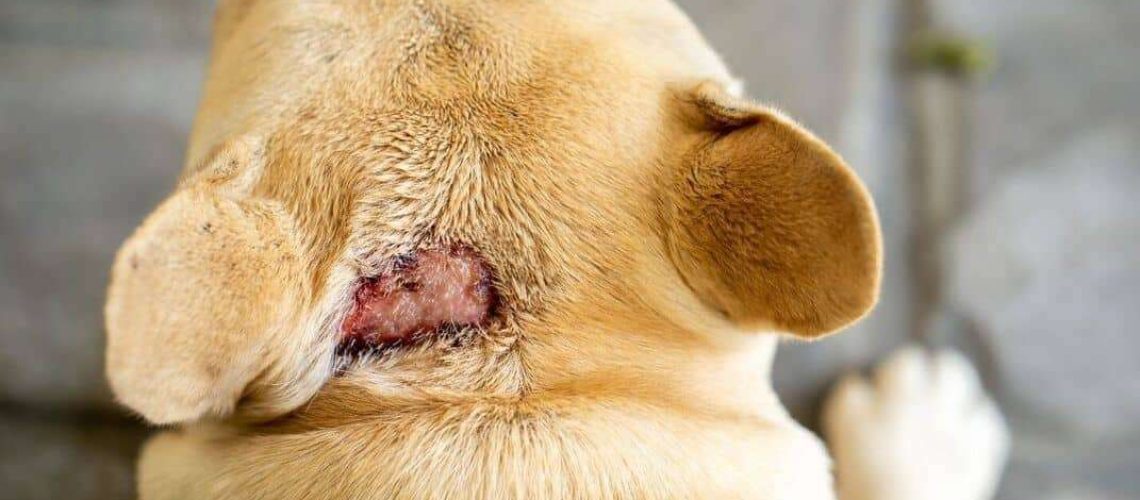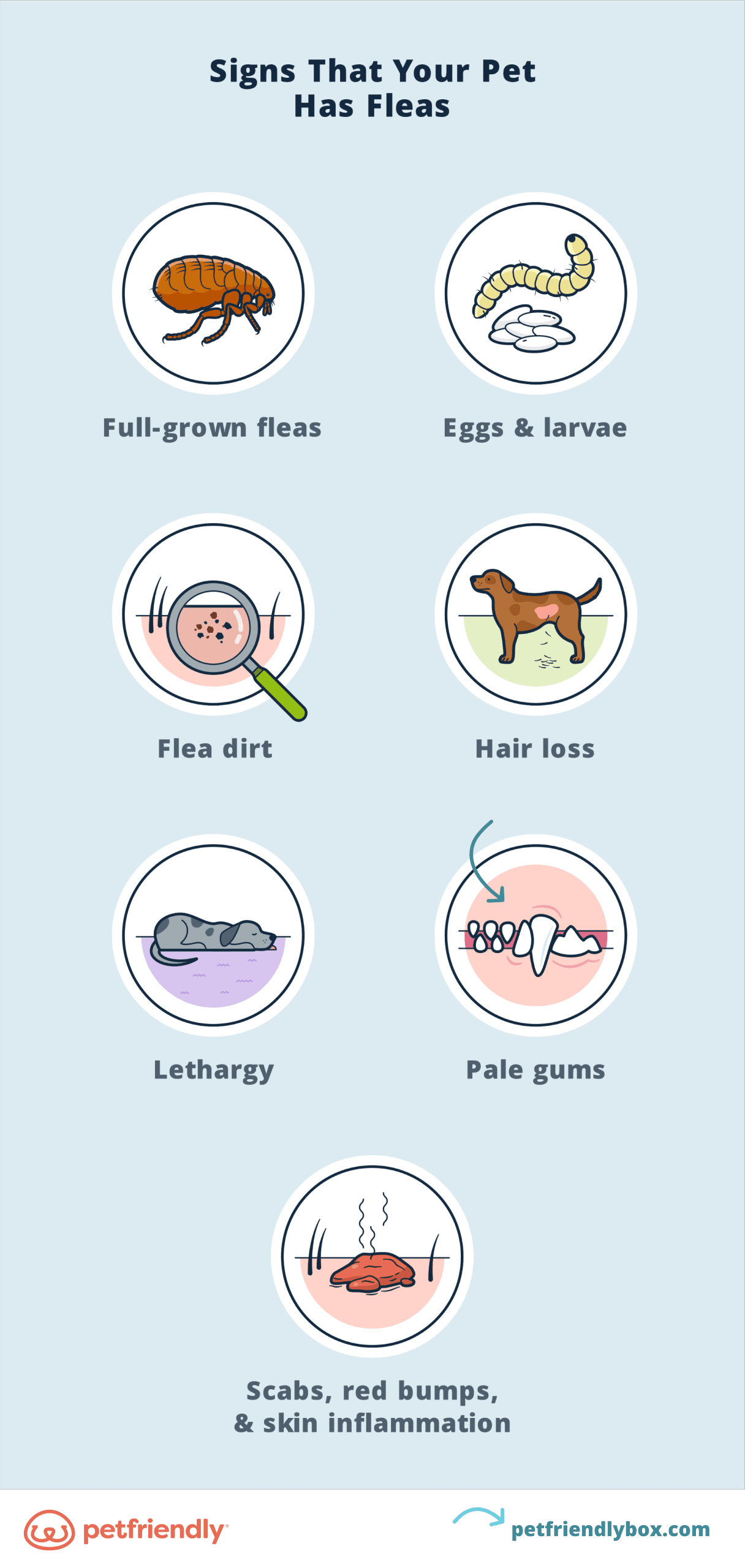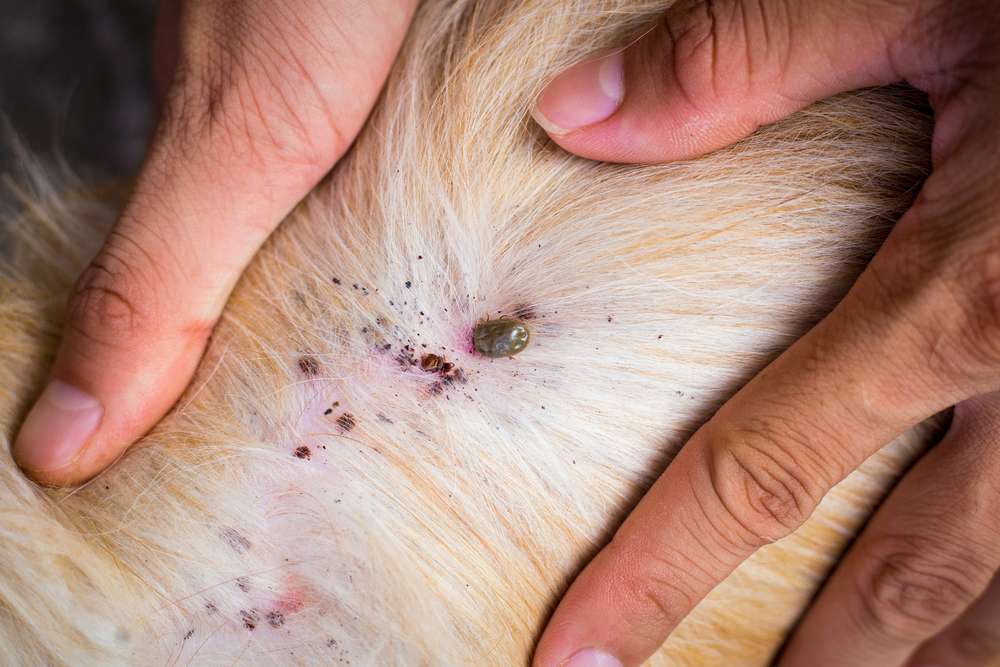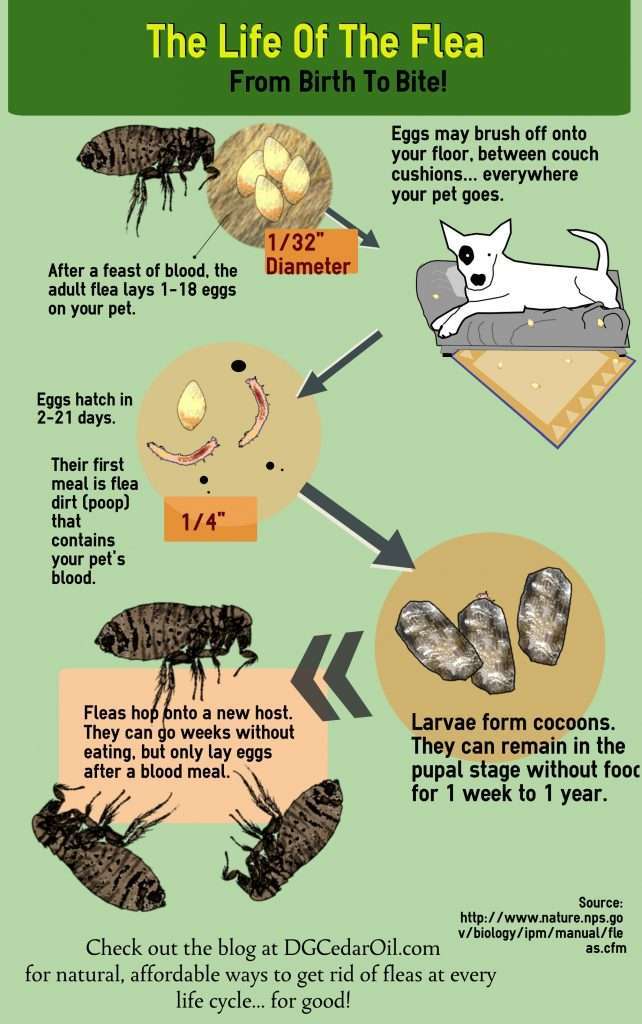Key Takeaways:
- Hot spots on dogs are localized areas of inflamed and infected skin.
- They are often caused by allergies, flea bites, or excessive licking or scratching.
- Treatment typically involves keeping the area clean and dry, applying topical medications, and addressing the underlying cause.
- Preventing hot spots can be done by regularly grooming your dog, keeping them free from fleas and ticks, and addressing any allergies they may have.
- If left untreated, hot spots can worsen and lead to more serious infections, so it's important to seek veterinary care if your dog develops one.
Attention all dog owners! Are you tired of seeing your furry friend suffer from those pesky hot spots? Well, look no further because we have the ultimate guide to tackling this common canine problem. Discover the secrets to soothing your dog's itchiness and preventing future hot spots from forming. By understanding the causes and symptoms of these irritating skin irritations, you can provide your pup with the relief they deserve. With over 10 million dogs in the United States affected by hot spots each year, it's crucial to arm yourself with knowledge that could potentially save your pet from unnecessary discomfort. So, let's dive into this topic and become experts in keeping our four-legged companions happy and healthy!
What are hot spots on dogs and why do they occur?
Hot spots, also known as acute moist dermatitis, are irritated and inflamed areas of a dog's skin. They often appear as red, moist, and painful patches that can vary in size. Hot spots can occur for several reasons, but the most common cause is excessive scratching or licking due to allergies, insect bites, or skin infections.
When a dog scratches or licks a certain area excessively, it can break the skin and create an open wound. Bacteria then enter the wound and cause infection, leading to the formation of a hot spot. These infections can spread quickly and become quite uncomfortable for dogs if left untreated.
Causes of Hot Spots:
- Allergies: Dogs with allergies may develop hot spots as they scratch or bite their skin in response to an allergen.
- Insect Bites: Fleas, ticks, mites, or other biting insects can trigger hot spots when a dog scratches at the affected area.
- Skin Infections: Existing bacterial or fungal infections on the dog's skin can worsen and develop into hot spots.
- Poor Grooming: Dogs with long hair or thick coats may be more prone to developing hot spots if their fur becomes matted or traps moisture against their skin.
How to identify a hot spot on your dog's skin?
Identifying a hot spot on your dog's skin is relatively easy once you know what to look for. The affected area will typically appear red, inflamed, and moist. It may also be painful to touch and emit an unpleasant odor. Your dog may exhibit signs of discomfort by constantly scratching or licking at the area.
If you suspect your dog has a hot spot, carefully part its fur to examine the skin. Hot spots are commonly found on the head, neck, hips, or limbs. The affected area may be covered in matted fur and have visible signs of oozing or crusting.
Signs of a Hot Spot:
- Redness and inflammation on the skin
- Moist or oozing patches
- Matted fur around the affected area
- Pain or sensitivity when touched
- Constant scratching or licking at the spot
Why do hot spots become itchy and uncomfortable for dogs?
Hot spots become itchy and uncomfortable for dogs due to the inflammation and infection present in these areas. When a hot spot develops, it disrupts the normal balance of healthy skin cells, allowing bacteria to thrive and multiply.
The presence of bacteria triggers an immune response from the body, leading to further inflammation and itching. This creates a vicious cycle where the dog continues to scratch or lick at the hot spot, causing more damage and spreading the infection.
The Itch-Scratch Cycle:
Are certain dog breeds more prone to developing hot spots?
While any dog can develop hot spots, certain breeds are more prone to this condition due to their skin type or coat characteristics. Dogs with thick double coats, such as Golden Retrievers, Labrador Retrievers, and German Shepherds, are more susceptible to hot spots because their dense fur can trap moisture against the skin.
Breeds with allergies or sensitive skin, like Bulldogs, Boxers, and Dalmatians, may also be at a higher risk of developing hot spots. These dogs may have a genetic predisposition to skin issues that make them more prone to scratching and irritation.
Dog Breeds Prone to Hot Spots:
- Golden Retrievers
- Labrador Retrievers
- German Shepherds
- Bulldogs
- Boxers
- Dalmatians
Preventing hot spots in dogs: helpful tips
Preventing hot spots in dogs involves maintaining good overall skin health and addressing any underlying issues that may lead to itching or scratching. Here are some helpful tips to prevent the occurrence of hot spots:
Tips for Preventing Hot Spots:
- Maintain regular grooming sessions: Regular brushing helps prevent matting and removes loose hair that can contribute to hot spot development.
- Keep your dog's coat clean and dry: Ensure your dog's coat is free from dirt, debris, and excess moisture by bathing them regularly and drying them thoroughly.
- Check for fleas and ticks: Regularly inspect your dog's fur for any signs of fleas or ticks and use appropriate preventive measures to keep these parasites at bay.
- Address allergies: If your dog has known allergies, work with your veterinarian to identify the triggers and develop a management plan to minimize allergic reactions.
- Provide a balanced diet: Feed your dog a high-quality, balanced diet that supports healthy skin and immune function. Consult with your veterinarian for dietary recommendations.
Treating hot spots on dogs: promoting healing and relief
Treating hot spots on dogs involves addressing the underlying causes, relieving discomfort, and promoting healing of the affected area. Here are some steps you can take to treat hot spots:
Treatment Steps for Hot Spots:
- Clean the affected area: Gently clean the hot spot with a mild antiseptic solution recommended by your veterinarian to remove dirt, bacteria, and debris.
- Trim the fur around the hot spot: Carefully trim the hair surrounding the hot spot to prevent further matting or trapping of moisture against the skin.
- Apply topical treatments: Your veterinarian may prescribe or recommend topical medications or sprays to alleviate itching, reduce inflammation, and promote healing.
- Use an Elizabethan collar: To prevent further scratching or licking at the hot spot, consider using an Elizabethan collar (cone) to restrict access to the affected area.
- Address underlying issues: If allergies or skin infections are contributing to hot spot development, your veterinarian may prescribe medication or recommend additional treatments to address these issues.
Remember, it is essential to consult with your veterinarian for an accurate diagnosis and appropriate treatment plan tailored to your dog's specific needs.
In conclusion, hot spots on dogs can be uncomfortable and itchy for our furry friends. It is important to keep them clean, dry, and seek veterinary care if needed to help prevent and treat these skin irritations.
What causes a dog to get a hot spot?
Hot spots in dogs are typically the result of self-inflicted wounds when a dog scratches an itch excessively, leading to an open wound. There are various causes for the initial itch in dogs, such as allergies (including food allergies or allergies to inhaled substances) that result in itching.
Will a dog hot spot go away on its own?
Do hot spots on dogs go away by themselves? Hot spots are unlikely to disappear without treatment, but the good news is that they can be easily remedied.
Can you put Neosporin on a dog hot spot?
You can use a first-aid cream, like Neosporin (the cream version, not the ointment), to treat the affected area. If your dog is in good health, you can use a generic 1% hydrocortisone cream from the first-aid section for humans. This is safe and usually works well. You will need to apply it 3-4 times per day.
Can I put Neosporin on my dog?
Neosporin is typically safe for dogs, but excessive ingestion can cause illness. There are also pet-specific wound care ointments and medicated wipes that can be used to prevent infection. If your dog's wound continues to bleed and requires a bandage, it is recommended to consult a veterinarian.
Can you give a dog Benadryl for hot spots?
Benadryl can be helpful for dogs experiencing hot spots (acute moist pyotraumatic dermatitis) or itchy and irritated skin. These conditions can be caused by food allergies, where certain dog foods with excessive corn, soy, or other "fillers" can trigger a negative reaction in the dog's system.
Should I take dog to vet for hot spots?
It is important to exercise caution when trying to treat hot spots at home because they can be painful. If the infection is severe, some dogs may require prescription antibiotics. Therefore, it is recommended to have a veterinarian evaluate hot spots.


















